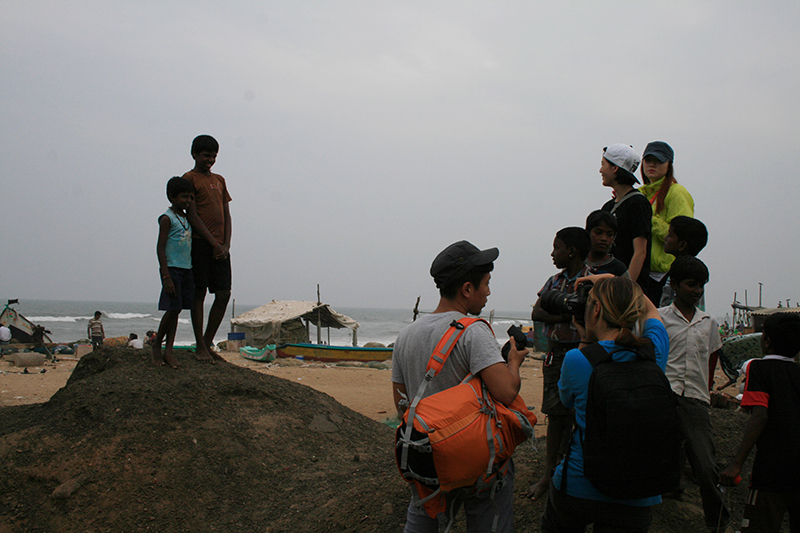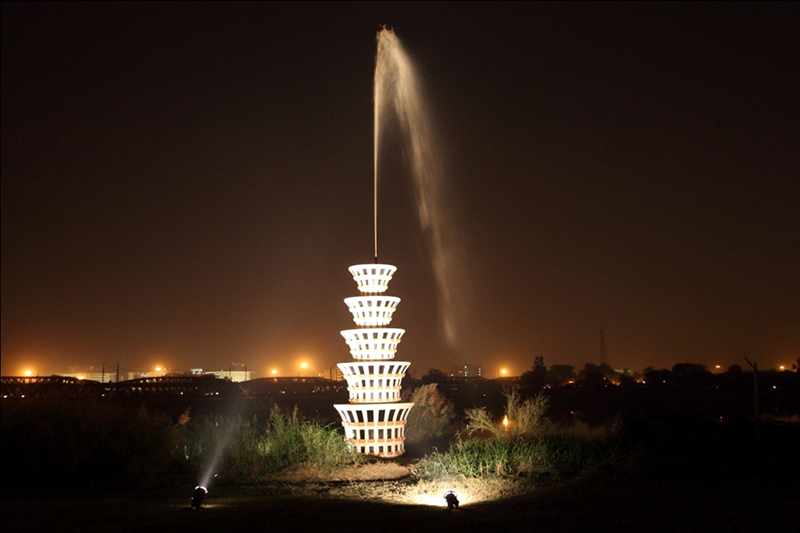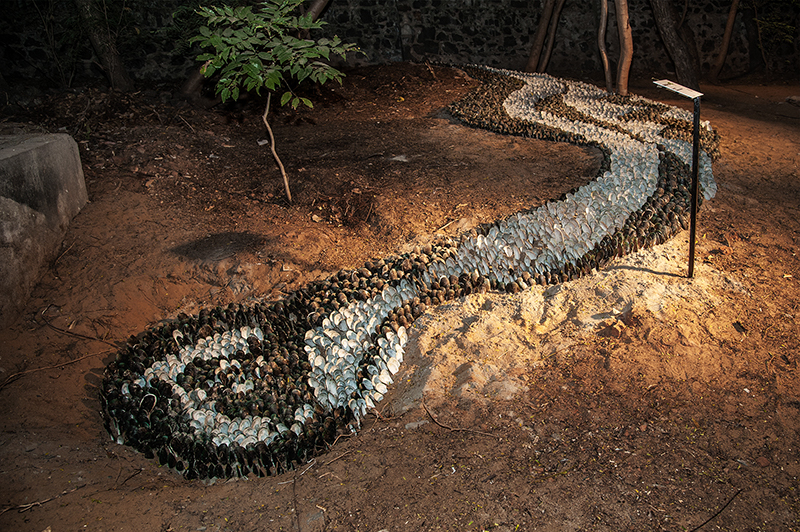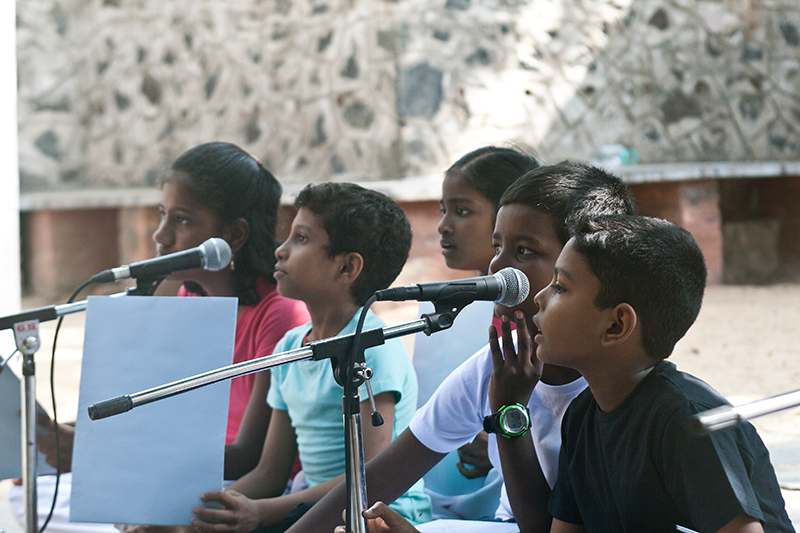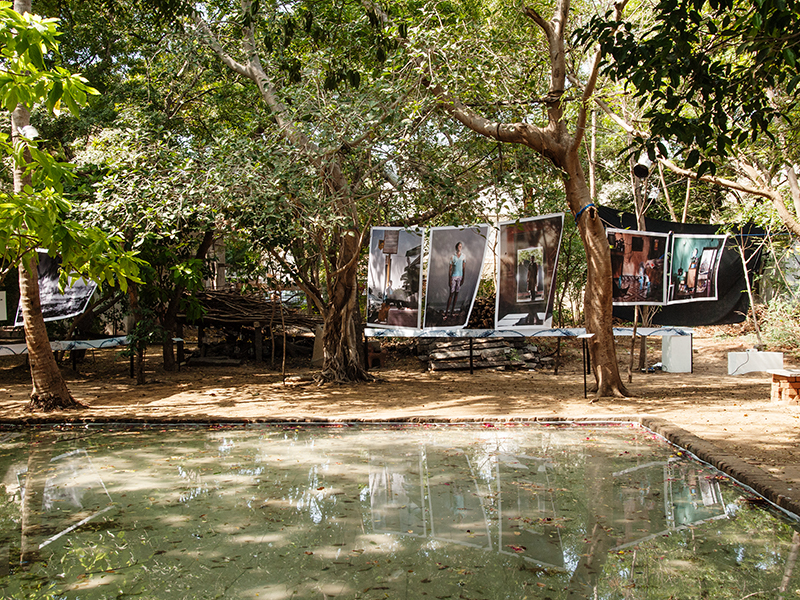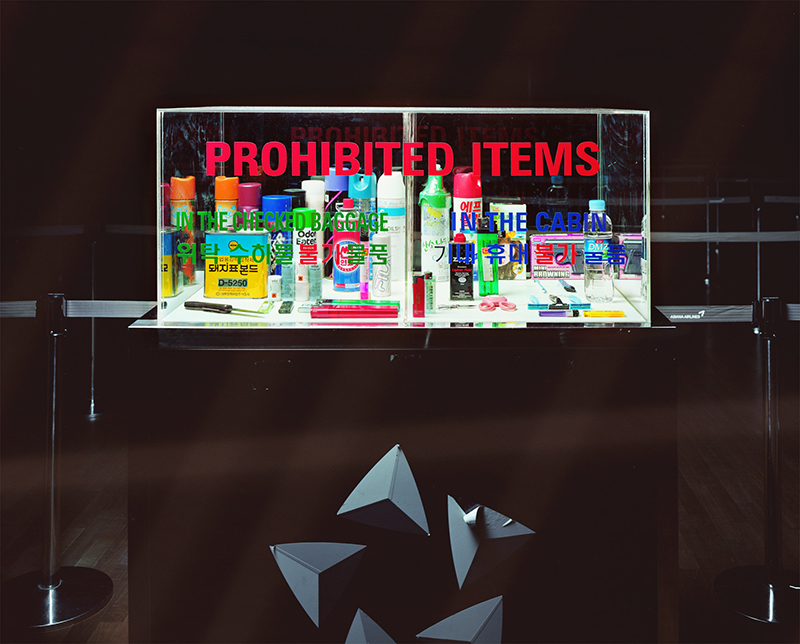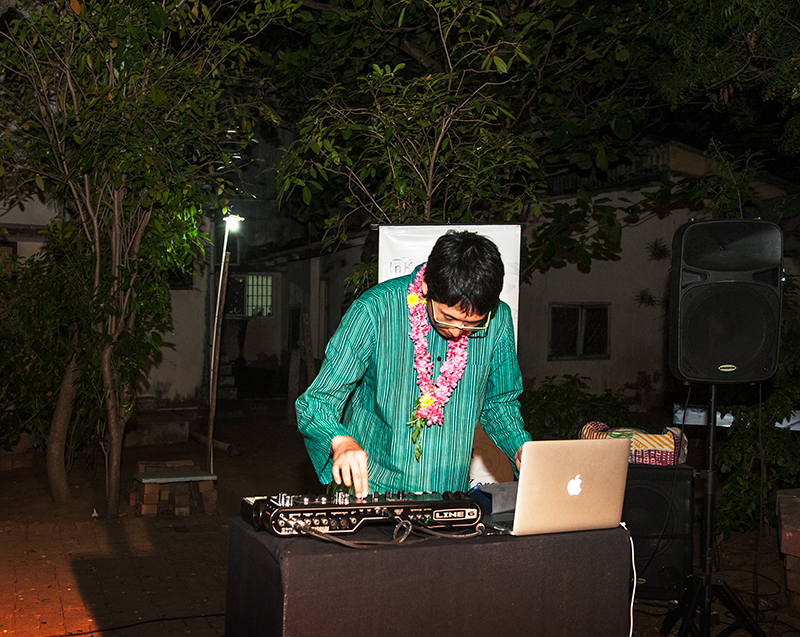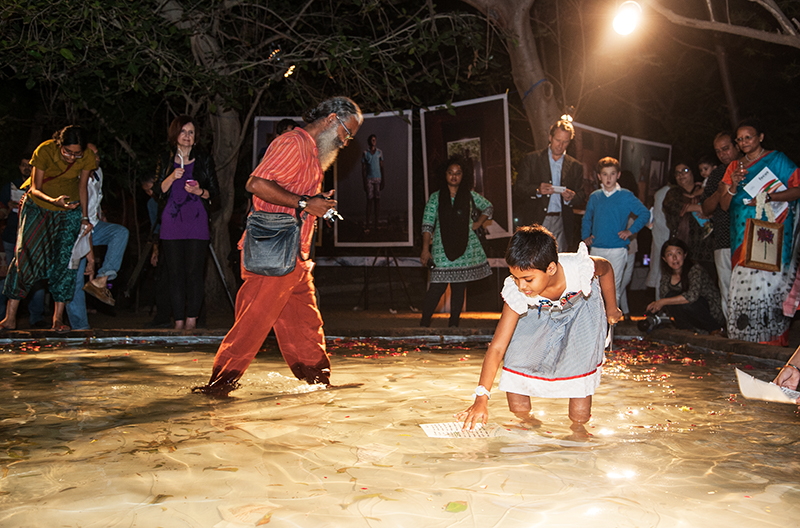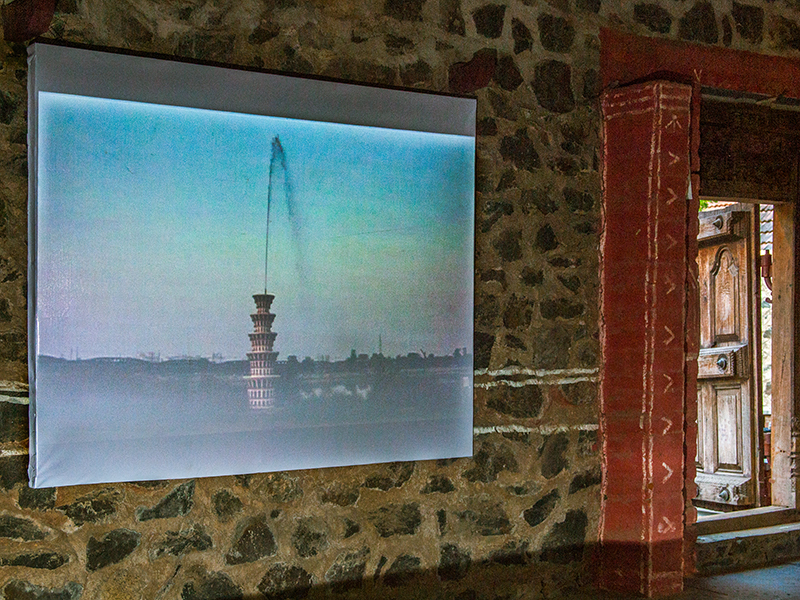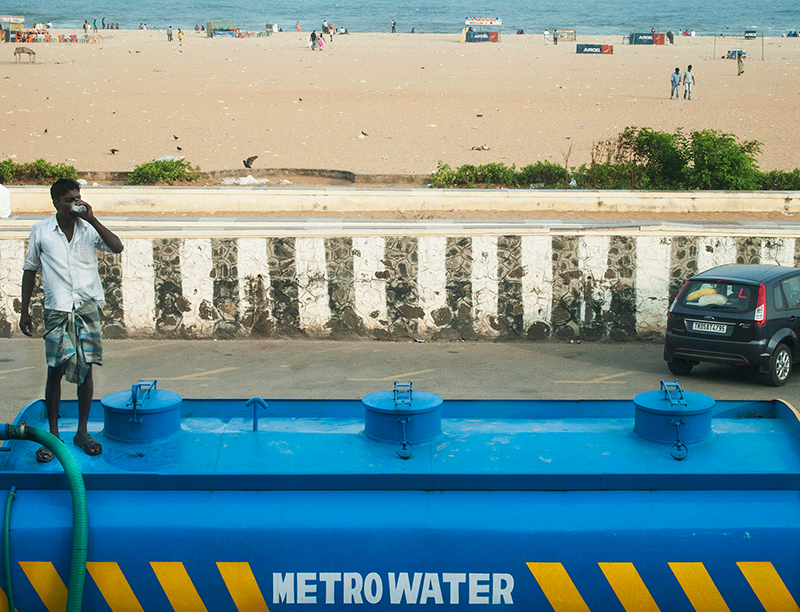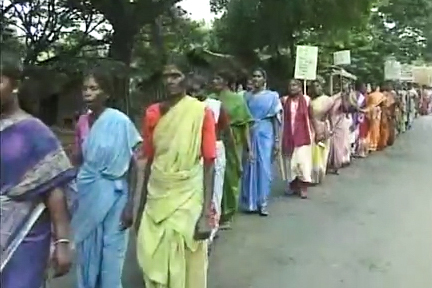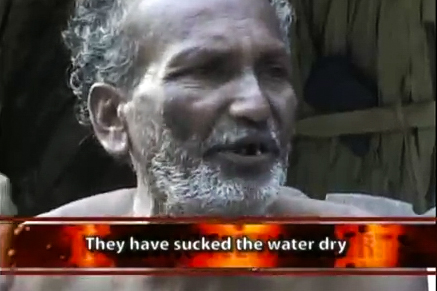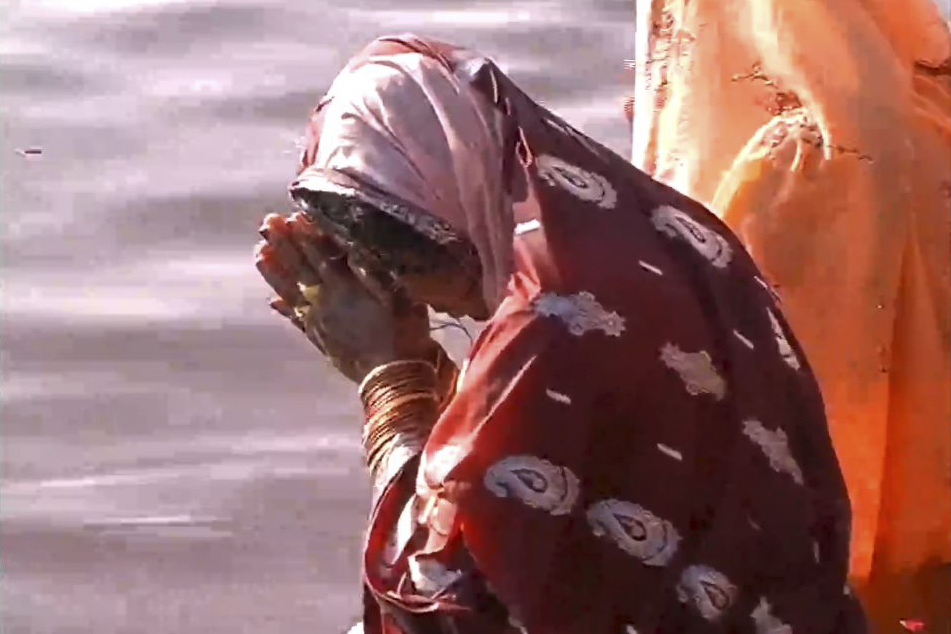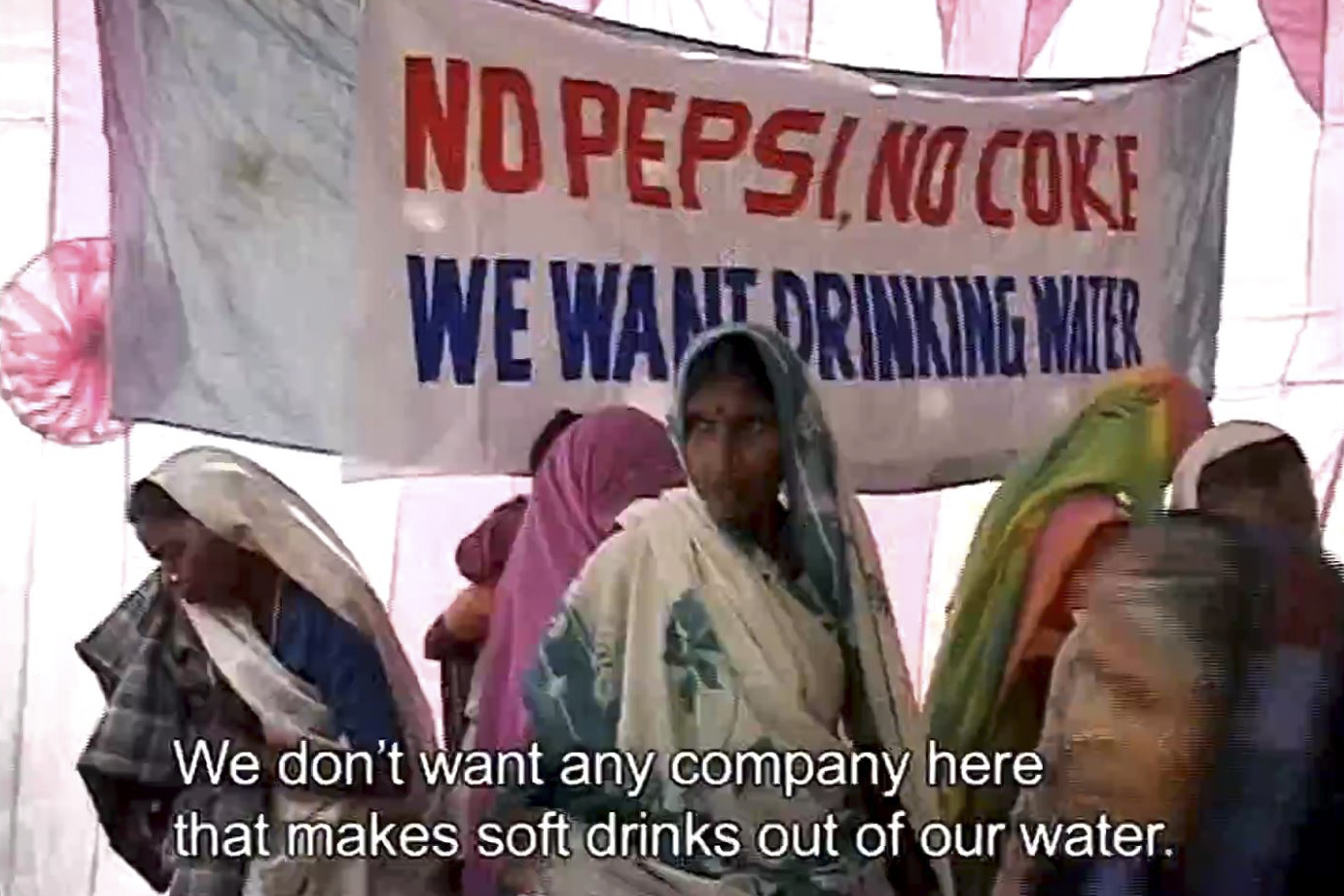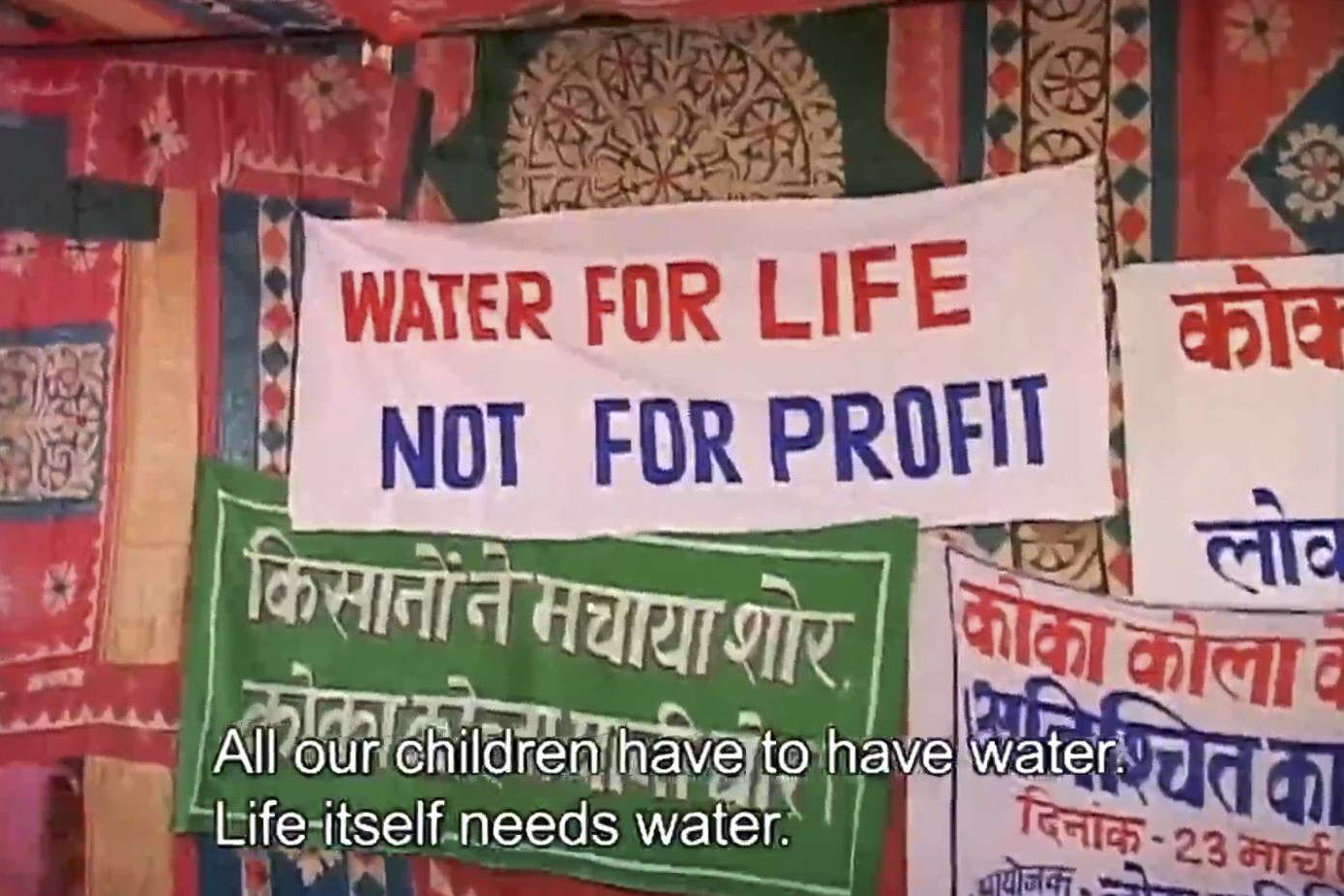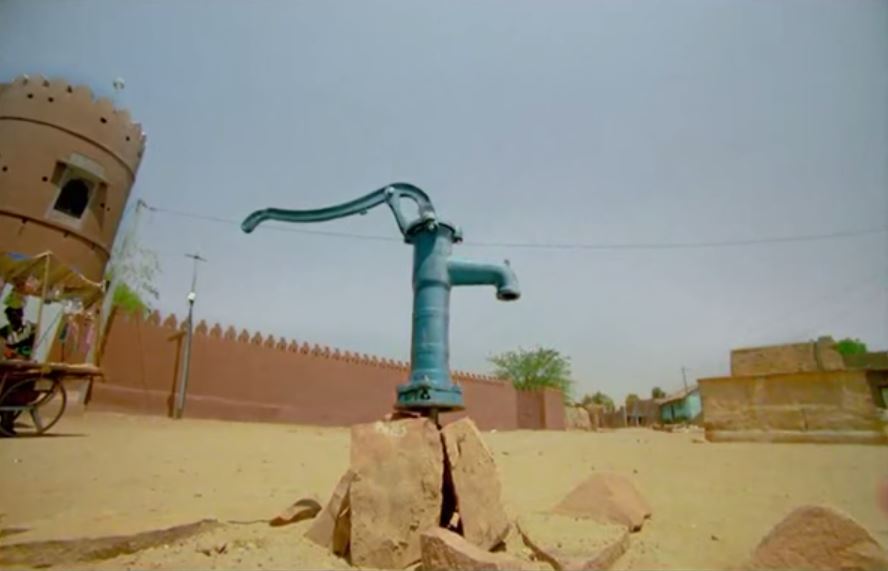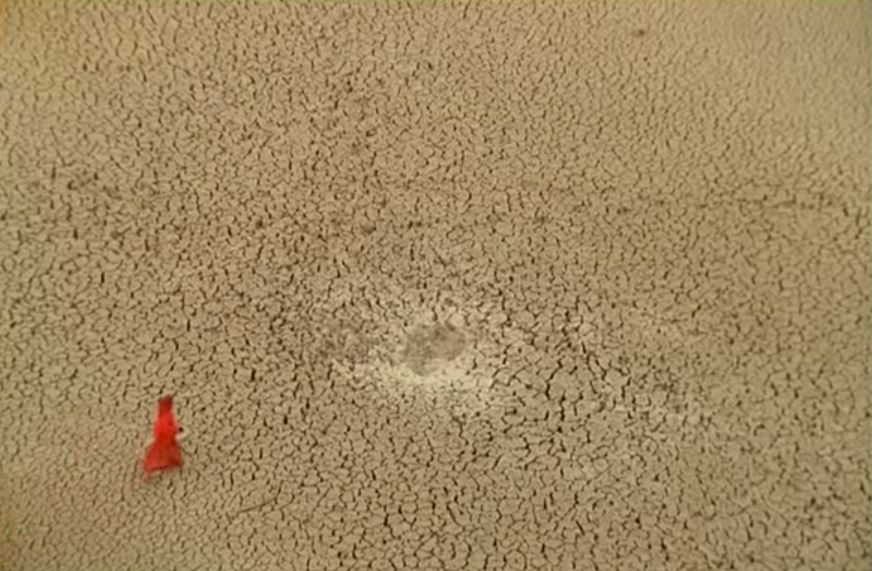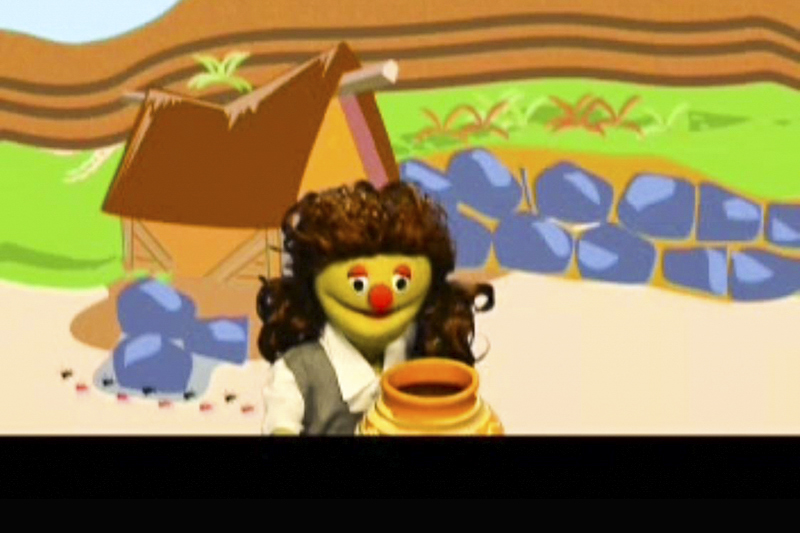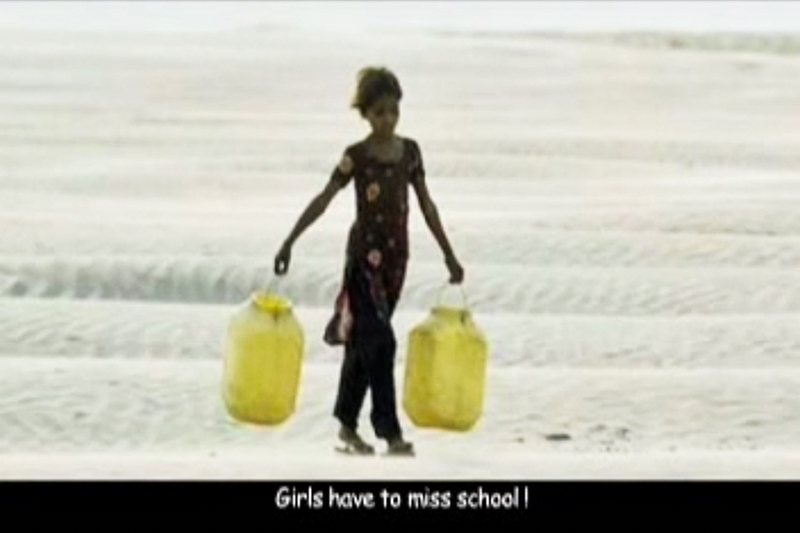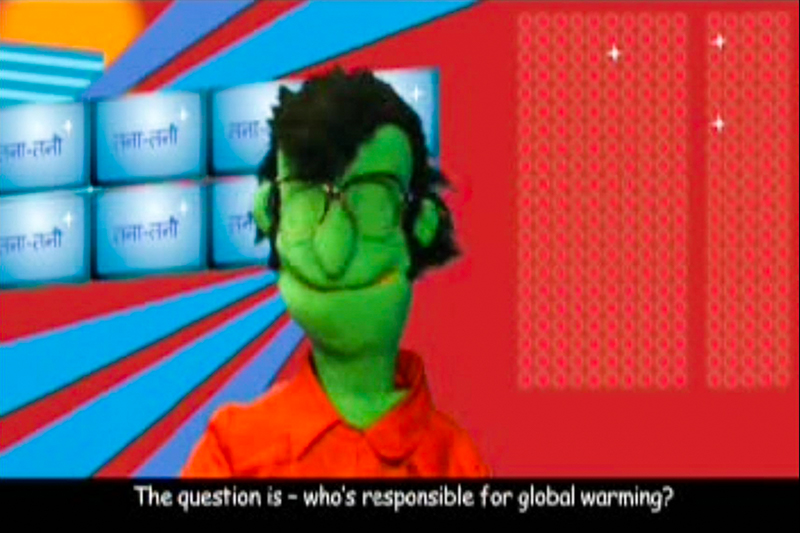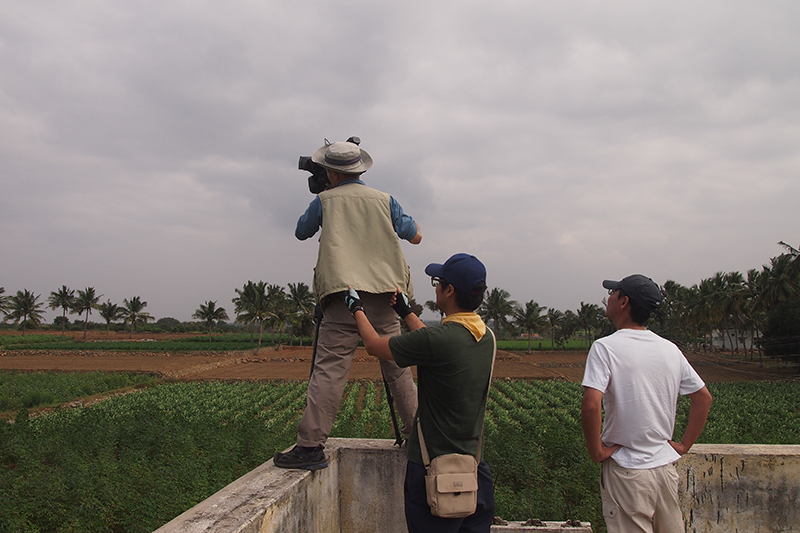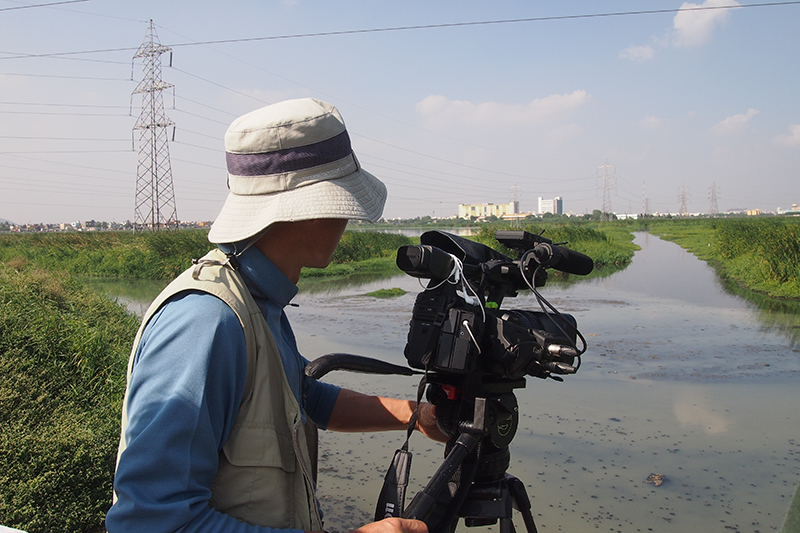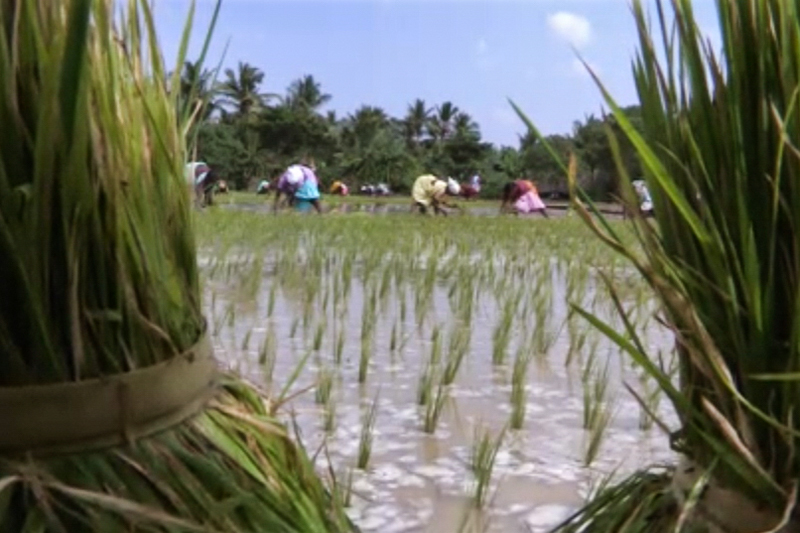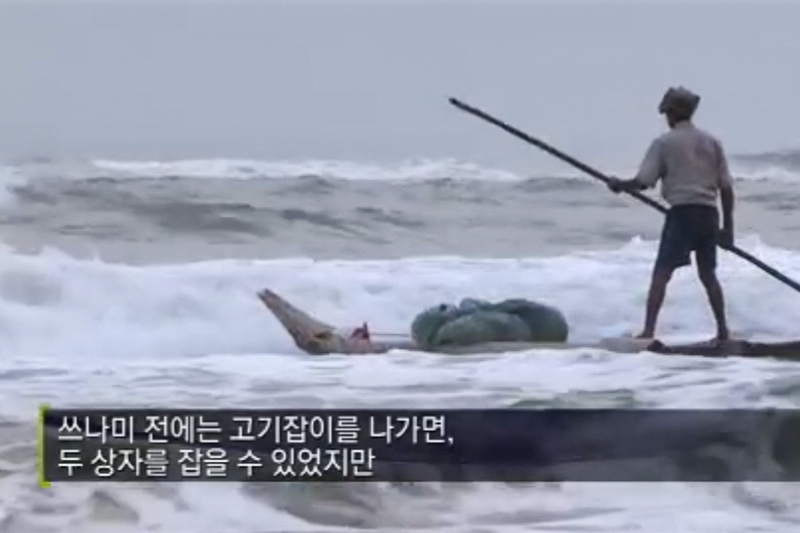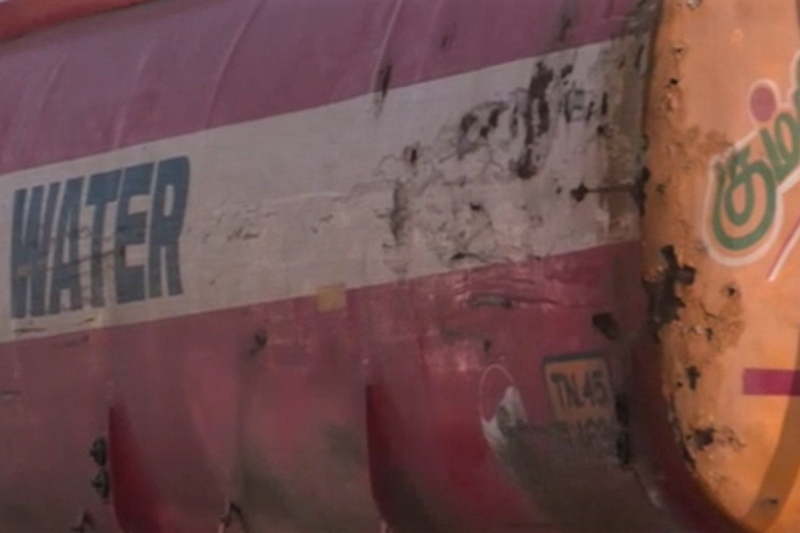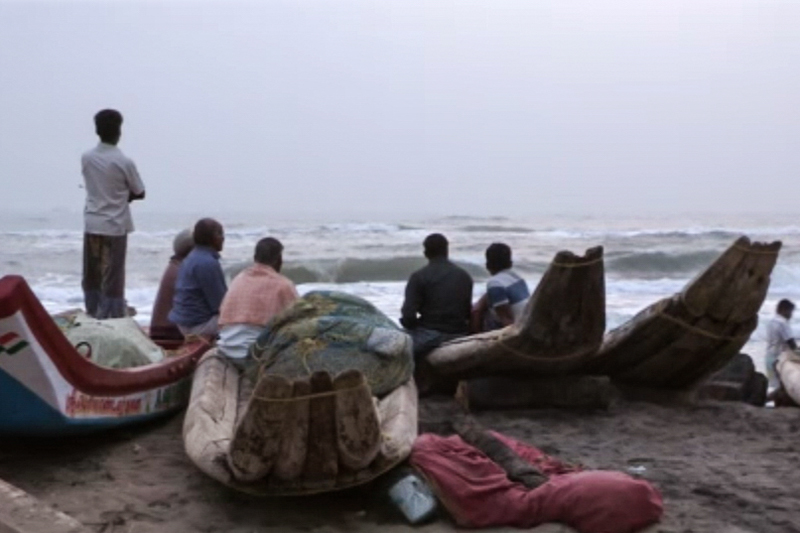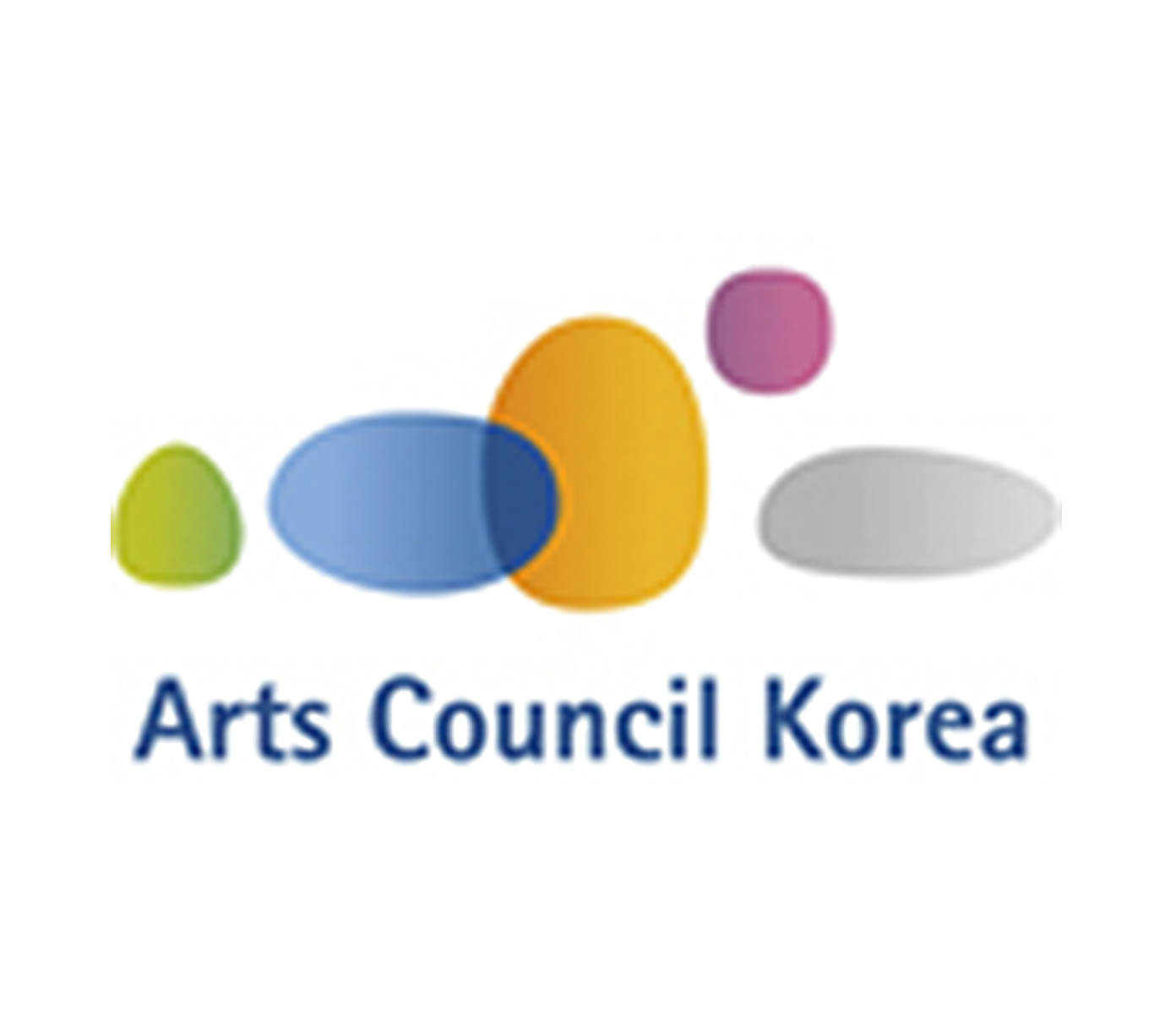WATER BODIES: RESIDENCY & EXHIBITION | Chennai
Water Bodies, an Indo-Korean Arts Residency and Exhibition was created by curator Hyewon Lee in collaboration with Dr. Rathi Jafer, Director of the InKo Centre in Chennai, India.
In December 2013 - January 2014, the InKo Centre and Arts Council Korea initiated an annual Indo-Korean Arts Nomadic Residency project focusing on Art and the City. The project aimed to bring together a select group of artists from India and Korea, to work in tandem with two curators from each country. The project was centered in the city of Chennai located in eastern India along the Bay of Bengal which forms the northeastern part of the Indian Ocean. The goal of the initiative was for the artists to create their own art works, drawing inspiration from the city and local community or through collaborative projects with local artists and citizens.
Water Bodies, as the first of the proposed Arts Residency initiative, aimed to propose a multimedia project to examine water in its social, cultural and political manifestations in Chennai. Moreover, to explore how the participating artists would respond to water as a concept - how it defines their own work and what its integral relationship is to the site and space that would inspire the creation of the work itself.
The project was also planned by its organizers as an urgent plea to draw attention to the world’s ill-defined understanding of water, and expressly at that juncture as 2013 had been designated the “International Year of Water Cooperation” by the United Nations; and December of that year also marked the ninth anniversary of the tsunami that tore through the Indian Ocean which killed several hundred thousands of people in areas throughout Southeast Asia and India.
The city of Chennai whose biosphere is defined by its location in the Bay of Bengal, is home to Marina beach, the second longest beach coastline in the world, which had for generations nurtured a vibrant fishing community, was one of the locations which endured untold upheaval, devastation and destruction during the 2004 South Asian earthquake and tsunami, an event which ultimately changed the lives of its inhabitants forever.
Water Bodies included artists from a range of disciplines: Visual Art, Sonic Art, Film, Music, Photography, and Art & Technology. As explained by curator Hyewon Lee, the title Water Bodies alludes to ‘water bodies’ as natural art forms that could be both life-giving and life-threatening, a positive and a negative force - and takes into account the fact that human beings are made up mostly of water, that planet earth is more water than land, and that some of the most magnificent of artistic creations either use water as a medium (ceramic, painting, sculpture, architecture) or water as inspiration (film, music, photography, sonic art). If ‘water’ is liquid, fluid, defiant of form - then ‘bodies’ are mass, solid, defined by form; and it this dialectic and creative tension that was to hold together the balances of this project.
Participating artists from Korea: Youngin Hong, Jiyoung Chae, Jung-Ki Beak, Suyeon Yun, Chang-Won Park
(Curator: Hyewon Lee)
Participating artists from India: Gigi Scaria, Surekha, Sujay Mukerjee, Subodh Kelkar
(Curator: Sharan Apparao)
At the end of the residency, the Water Bodies exhibition showcasing the work of these artists was presented as in-situ, performative installations at ‘Spaces’ in Besant Nagar, Chennai. The exhibition was held from 10-24 January 2014.
ALLIED EVENTS:
Film Screenings: A series of documentary films on the theme of water directed by filmmakers from India and abroad; also screened was unique footage shot on location by a specially commissioned film crew from Korea’s EBS national education TV channel, examining ‘water’ in India from multiple perspectives, both as creative inspiration and as an elemental force.
The documentary film “Water Retaliates: The Story of India”, developed by the Korean TV crew with material shot during the course of the residency about the complex water realities in India, was broadcast on the environmental program “Only One Planet” of Korea’s EBS channel on 21st February, 2014. This film was based on research and interviews with local architects, conservationists, representatives of key civic bodies, survivors of the 2004 tsunami, as well as the NGO’s involved in relief and reconstruction initiatives after the catastrophe.
Speaking of Water: A series of discussions and incisive speaker sessions on the theme of water by specialists, from an artistic, scientific, social, historical and civic perspective.
Films on Water:
The Whistle Blowers
Director Umesh Aggarwal (2005)
Holy Water
Director Lotta Ekelund (2009)
Pyaasi - The Story of Mother River,
Director Harsha Prabhakar Rao (2010)
Breaking News
Director Dr. Savita Aggarwal (2013)
Film crew from South Korea's EBS TV: Pyungjin Kim, Euyho Lee, Sungin Kim
“Water, just like art, is a public asset shared by humanity and an important resource when it comes to shaping the cultural characteristics of a given society. Art and water also serve as catalysts for exchange between people, cities and countries.”
Dr. Rathi Jafer, Dir. InKo Centre: What Was Achieved
Impact of ‘Water Bodies’ on regional Water Issues and local Society
Through Water Bodies and its ancillary projects, the public of Chennai was able to engage and participate with artworks produced and placed within the context of their city. The projects drew in a large cross-section of people, including artists, academics, professionals, students, the media and the general public. Many participated in the various programs, such as the interactive exhibition, film screenings, talks and discussions. The prevailing reaction was that the format of the project not only drew attention to the critical water issues, but impacted directly on the lives of the community at large. By moving beyond the traditional gallery space, Water Bodies created a “deeper engagement with the public”, and informed a significantly wider audience.
Within the various specialized speaker sessions, the theme of ‘water’ was discussed from artistic, scientific, social, historical and civic perspectives. As a result of these specialist talks, a series of practical suggestions were presented to the City Commissioner for plausible future action: citizen action-group methods that could be implemented; and a request for a focus group to discuss how artistic intervention could raise greater awareness about the impact of - water scarcity, pollution, and need for conservation - on civic society. The objective was to facilitate a proactive action plan that would include cross-sectoral teams comprising of architects, town planners, environment specialists, designers, artists with the City Corporation, Metrowater Supply and Sewerage Boards.
Following Water Bodies, a team of water experts from Korea visited Chennai to meet the City Corporation authorities and present examples of river restoration, preservation and of sustainable, regenerative methods of water management for a regional water restoration project for the Cooum River in Chennai - an ongoing and massive plan to clean and restore its arterial waterway. Considered to be the most polluted river in India, draining into the Bay of Bengal at the northernmost boundary of Marina Beach, it had for centuries played an integral part of the socio-economic life of the city. Just as the Water Bodies art projects had, this practical initiative emphasized the potential of the Arts to both drive and facilitate positive social and environmental change.
“The curatorial angle of the section of artists from India will be based on explorations and the history of water. Chennai being on the coast with the constant reminder of the sea was always a focus of trade and conflict arising from it...all the art works will involve the viewer and engage the mind in exploring, understanding and remembering the role of the sea in keeping with the theme of water. ”
InKo CENTRE (Indo-Korean Centre) aims to promote an inter-cultural dialogue by facilitating a consistent programme that draws on the rich traditions of both India and Korea. With a focus on language, culture and information, the Centre looks at the global dimension of such a dialogue while showcasing the local and national characteristics that underpin such exchange. The goal of its Arts Residency program is to promote cultural and creative exchange between Korean and Indian artists and to highlight the potential of the arts in driving or facilitating positive social change.
SPACES was set up in 2000 as an Arts Foundation, by late dancer/choreographer Chandralekha, the late artist/designer Dashrath Patel and writer and photographer Sadanand Menon. ‘Spaces’ was born of a vision Chandralekha had for creating alternate artistic and human spaces in the city. Initially a barren stretch of sandy soil, much effort has been invested in greening the place and making it hospitable for birds and insects on the one hand and the arts on the other. The two performance spaces in an architecturally indigenous idiom that they jointly created with Sadanand Menon at the Elliot’s Beach in Besant Nagar, Chennai, have today become flourishing venues for experimental work in theatre and dance and are used by a wide variety of artists and students. As Managing Trustee, Sadanand Menon is also involved in setting up a publicly accessible archive of both these late artists whose work was critical in the Indian arts context.
Banner image: photo of Marina Beach, Chennai taken during the Water Bodies residency


